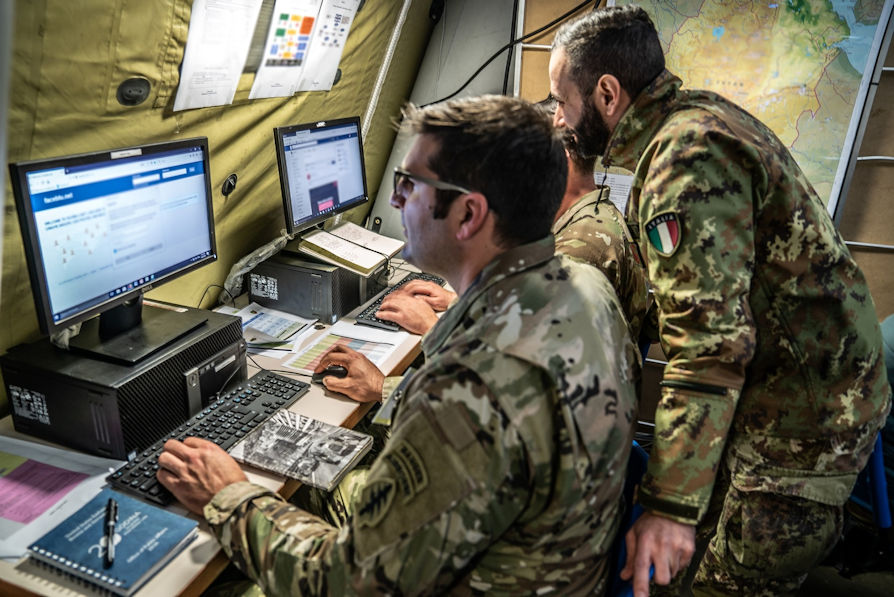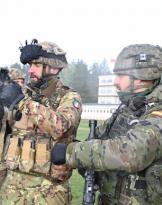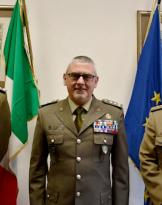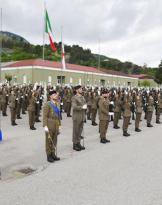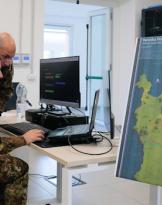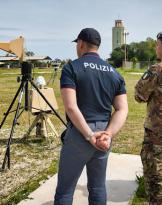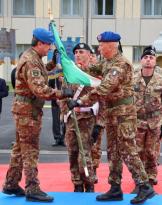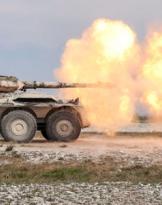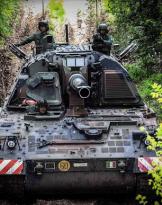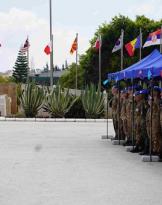The exercise "Intrepid Knight 2019" has just ended, which for one week saw the joint specialists of the 28 ° "Pavia" regiment and American personnel from the 6 ° and 7 ° Psychological Operation Battalion (POB) of Fort Bragg (USA-North Carolina).
The exercise, which starting from 2016 is carried out annually alternately in Italy and in the United States, had the main purpose of training and testing the capacity of a Psychological Operations Task Force (POTF) to conduct psychological operations in scenarios characterized by hybrid warfare, with focus on the use of new media.
In particular, in order to achieve the set training objectives, a closed network social network platform has been set up that faithfully replicates the real virtual environment and which, thanks to the support of dedicated software, represents the main tool for monitoring, research and development. analysis and interaction within the cyber domain.
Furthermore, during the exercise, the ability to integrate, analyze and evaluate data (Information Environment Analysis and Assessment) from both the "virtual" and "real" world was tested in order to provide the unit commander exercised a constant assessment of the effects achieved in the current campaign.
Established in the 2004 in the Pesaro office and, from the 2014, an integral part of the Army Special Forces Command, the 28 ° regiment is the only unit of the Italian Armed Forces delegated to "operational communications". In a constantly evolving environment, such as the media, the staff of the regiment is required to express uncommon and diversified technical and conceptual skills. The human component plays a fundamental role on every occasion. The study, analysis and understanding of the socio-anthropological reality of the reference environment, allow the personnel to communicate in a suitable and effective way with the local population in respect of customs, traditions and traditions through all available means of communication.
It ranges from traditional flyers and posters, effective in areas of low literacy and technological development, through the most complex web, radio and TV multimedia products in the most advanced areas, to the extensive use of the web whose fluid potential offers ability to reach a large number of users in very short times through sites, blogs and social networks.
